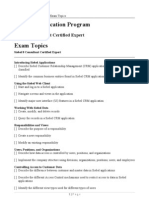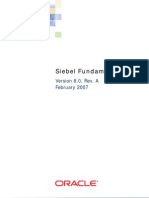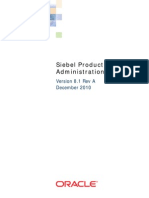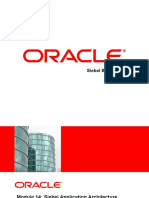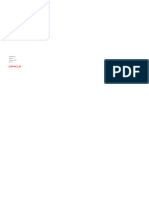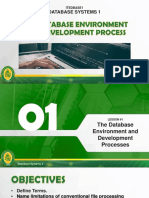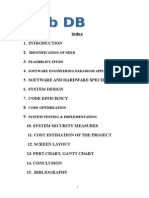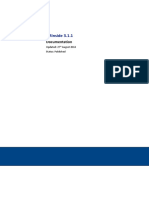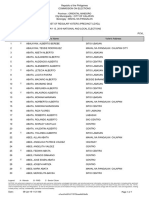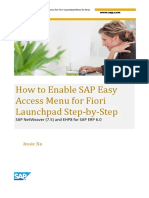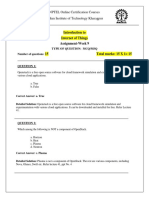0% found this document useful (0 votes)
11 views16 pages20ESS ConfigurationStrategy
The document outlines the configuration strategy for Siebel 8.0, emphasizing the process of modifying the as-delivered application to meet business needs without altering the core code. Key principles include minimizing changes, using existing object definitions, and maintaining separate development environments for testing before deployment. The module also highlights the importance of tailoring the user interface and business logic while ensuring that the application remains upgradeable and robust.
Uploaded by
laxmisingh033Copyright
© © All Rights Reserved
We take content rights seriously. If you suspect this is your content, claim it here.
Available Formats
Download as PDF, TXT or read online on Scribd
0% found this document useful (0 votes)
11 views16 pages20ESS ConfigurationStrategy
The document outlines the configuration strategy for Siebel 8.0, emphasizing the process of modifying the as-delivered application to meet business needs without altering the core code. Key principles include minimizing changes, using existing object definitions, and maintaining separate development environments for testing before deployment. The module also highlights the importance of tailoring the user interface and business logic while ensuring that the application remains upgradeable and robust.
Uploaded by
laxmisingh033Copyright
© © All Rights Reserved
We take content rights seriously. If you suspect this is your content, claim it here.
Available Formats
Download as PDF, TXT or read online on Scribd
/ 16




